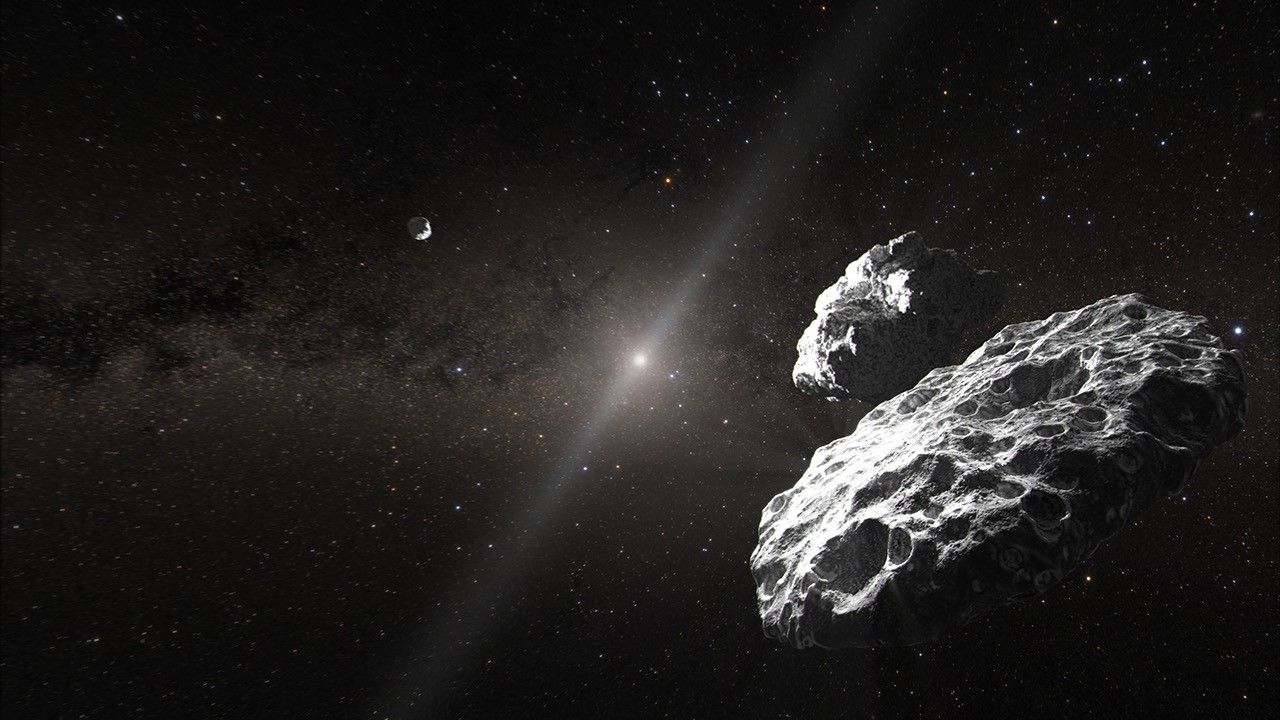Titan’s Northern Streaks
| PIA Number | PIA10511 |
|---|---|
| Language |
|
Bright clouds circumscribe Titan's north polar region -- a frigid land of methane seas.
The clouds seen in this image and other recent Cassini spacecraft views are at higher latitudes than similar streak-like clouds observed in the southern hemisphere (see Weather Without Water). Scientists are working to understand why such clouds appear preferentially at certain latitudes on Saturn's largest moon.
While the streaks that grace Titan's southern hemisphere are often seen at 40 degrees south latitude, similar to Wellington, New Zealand, the streaks in the northern hemisphere are farther from the equator, near 56 degrees north latitude, which is similar to Glasgow, Scotland.
North on Titan (5,150 kilometers, 3,200 miles across) is up and rotated 16 degrees to the right.
The image was taken with the Cassini spacecraft narrow-angle camera on Sept. 30, 2008 using a spectral filter sensitive to wavelengths of infrared light centered at 938 nanometers. The view was obtained at a distance of approximately 1.2 million kilometers (776,000 miles) from Titan and at a Sun-Titan-spacecraft, or phase, angle of 71 degrees. Image scale is 7 kilometers (5 miles) per pixel.
The Cassini-Huygens mission is a cooperative project of NASA, the European Space Agency and the Italian Space Agency. The Jet Propulsion Laboratory, a division of the California Institute of Technology in Pasadena, manages the mission for NASA's Science Mission Directorate, Washington, D.C. The Cassini orbiter and its two onboard cameras were designed, developed and assembled at JPL. The imaging operations center is based at the Space Science Institute in Boulder, Colo.
For more information about the Cassini-Huygens mission visit http://saturn.jpl.nasa.gov . The Cassini imaging team homepage is at http://ciclops.org .
Credit: NASA/JPL/Space Science Institute























